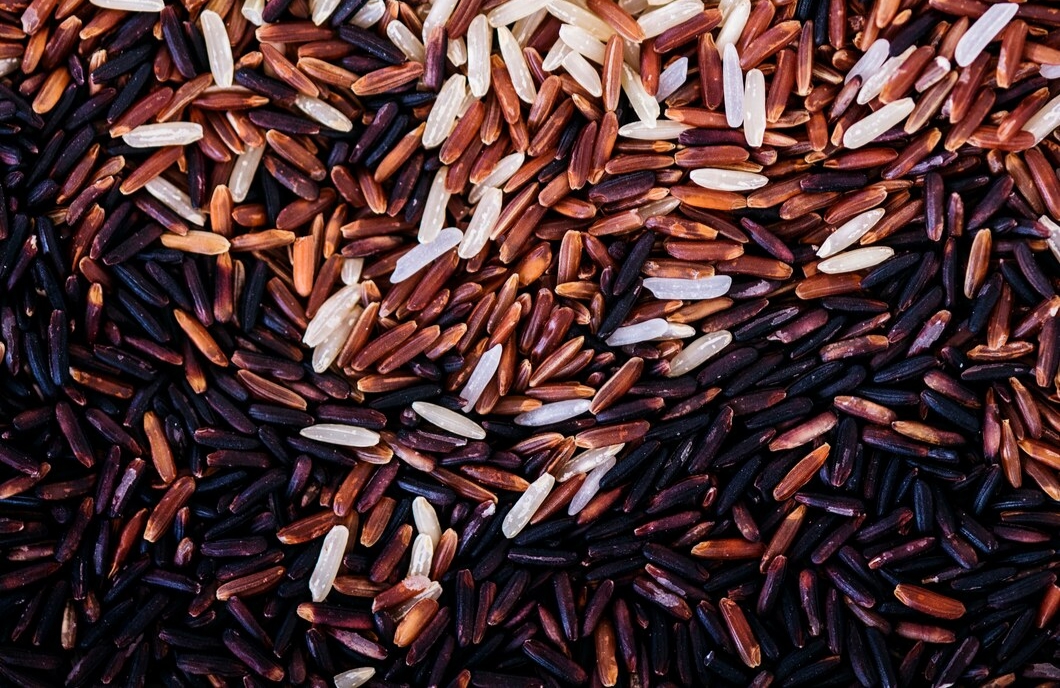Wild rice, often revered for its unique flavor and nutritional benefits, is a staple in many cuisines around the world. Here are 10 key things you should know about this versatile grain:
- Botanical Distinction:
Wild rice is not true rice; it belongs to the grass family and is botanically different from cultivated rice varieties. The two main species are Zizania palustris (Northern Wild Rice) and Zizania texana (Southern Wild Rice). - Cultural Significance:
Native American communities in North America have a deep cultural connection to wild rice. For centuries, it has been a sacred food, harvested ceremoniously in traditional canoes. - Growing Conditions:
Wild rice thrives in shallow, freshwater marshes and the slow-flowing waters of rivers and lakes. It requires specific conditions, including warm temperatures for germination and cool water for growth. - Harvesting Challenges:
Harvesting wild rice is labor-intensive. Traditionally done by hand-paddling through marshes, today, some harvesting is mechanized, but the delicate nature of the grain makes it susceptible to damage. - Nutritional Value:
Wild rice is a nutritional powerhouse, rich in fiber, protein, and essential minerals such as magnesium and phosphorus. It is also a good source of antioxidants and B-vitamins. - Distinctive Flavor and Texture:
Known for its nutty flavor and chewy texture, wild rice adds a unique taste to dishes. It’s often used in pilafs, salads, soups, and stuffing due to its ability to absorb flavors. - Cooking Techniques:
Cooking wild rice can be a bit different from regular rice. It requires a longer cooking time and is best when soaked beforehand. A common ratio is 1 part rice to 3 parts water, simmered until the grains split open. - Color Varieties:
Wild rice comes in various colors, ranging from dark brown to black. The color differences can be attributed to the specific species and growing conditions. - Environmental Benefits:
Wild rice cultivation can have positive environmental impacts. Its growth helps maintain water quality, as it absorbs excess nutrients from the water, making it an essential component of aquatic ecosystems. - Culinary Versatility:
Beyond traditional dishes, wild rice can be incorporated into a variety of recipes. Whether as a base for grain bowls, a stuffing for poultry, or a unique addition to salads, its versatility makes it a favorite among chefs and home cooks alike.
Understanding the nuances of wild rice – from its cultural significance to its culinary versatility – enhances appreciation for this exceptional grain. Whether you’re exploring new flavors or embracing its rich history, wild rice is a captivating ingredient that continues to captivate taste buds worldwide.








